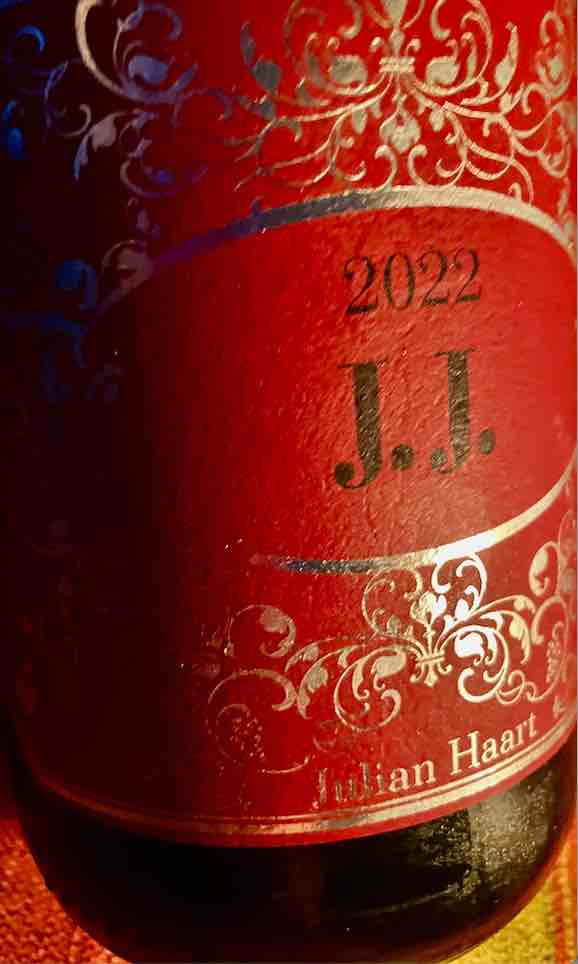
Some of the most sought-after wines are those from Julian Haart. Growing up in an extremely traditional winemaking family, he has been running his own winery

Some of the most sought-after wines are those from Julian Haart. Growing up in an extremely traditional winemaking family, he has been running his own winery
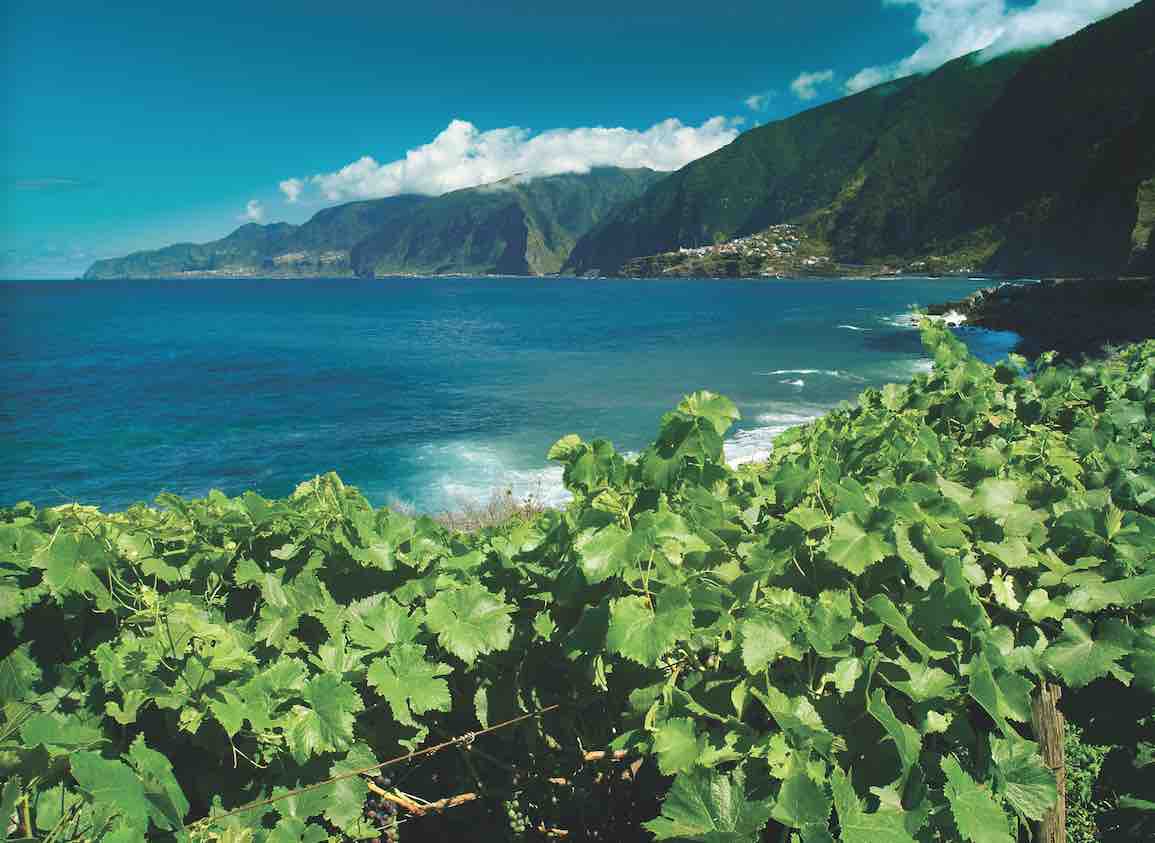
Established in 1946, the family-run Vinhos Barbeito are known to many for their old excellent Madeiras. In addition to these wines, which are mostly in the lower to middle three-digit price range, you will also find very inexpensive wines of very good quality in the winery’s portfolio.
There was mascarpone ice cream with oven-roasted strawberries for dessert, plus a Pius Auslese 2022 from the Klaus Peter Keller winery. A very well-known winery, above all for its elegant dry Riesling wines, but also for its sweet wines, which are among the best.
![]()
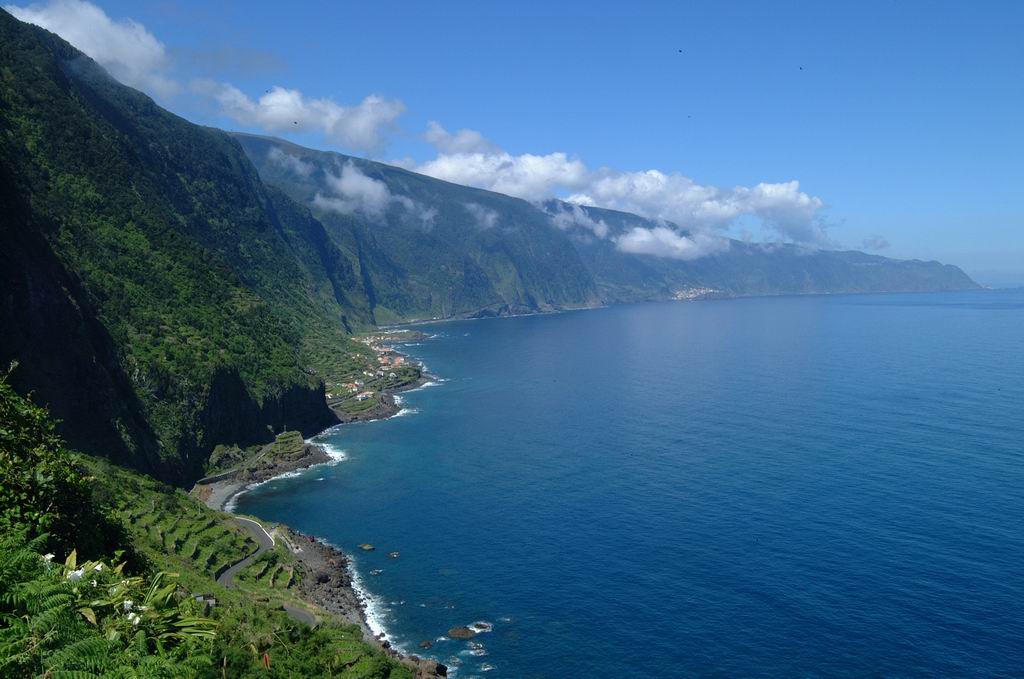
Malvasia, also called Malmsey, is probably the best known and most appreciated wine from Madeira. In earlier times it was almost exclusively made from Malvasia Cândida. However, the grape variety is very susceptible to Oidium and also somewhat capricious when it comes to its location. Probably because of this, there was already too little Malvasia wines in earlier years
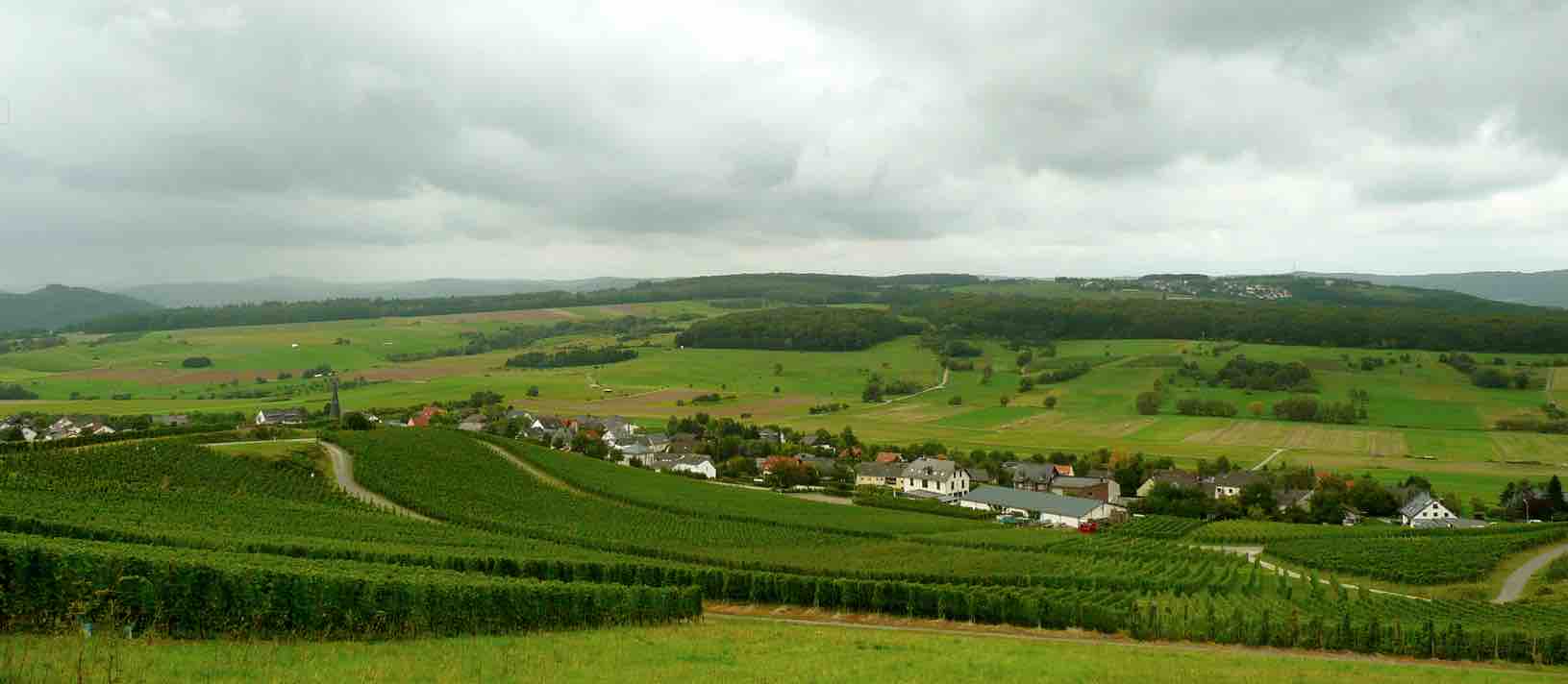
The vines for Saar wines thrive on or near the Saar between Serrig and Konz. 80% of the vineyards there are planted with Riesling. We tasted a Riesling Auslese Krettnacher Euchariusberg 2018 from the Willems-Willems winery. A selection of vines that are located a little higher in the side valley of Krettnach and Niedermennig and as a result thrive in cooler locations,
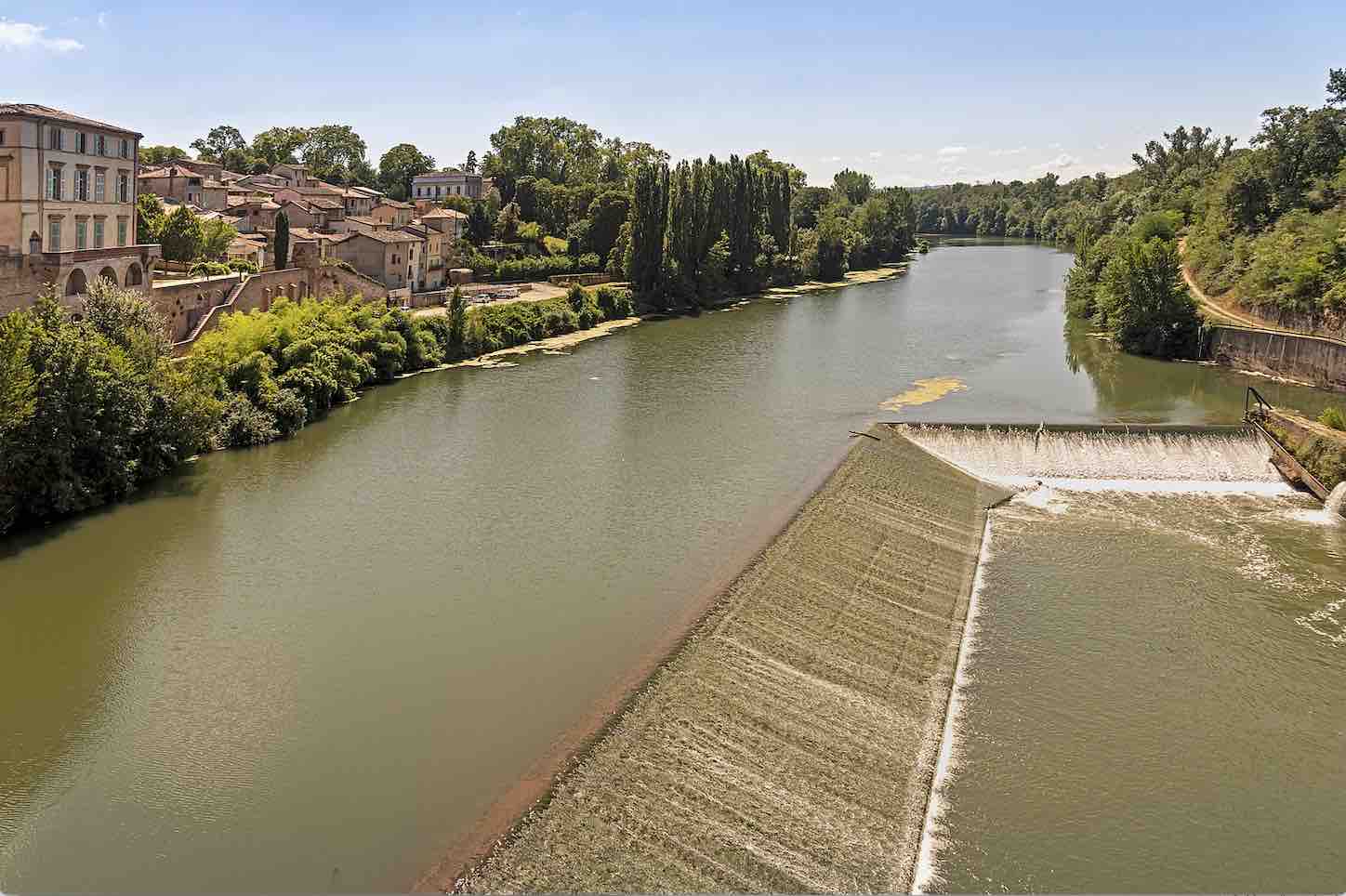
Gaillac is located in the center of the southwestern French wine-growing region of the same name, from which the sweet wine tasted this time comes. The wine-growing region north-west of Toulouse, on the Tarn – with 9,000 hectares of vineyards and around a third of which are appellations – is characterized above all by its often regionally autochthonous grape varieties and the range of wine styles.
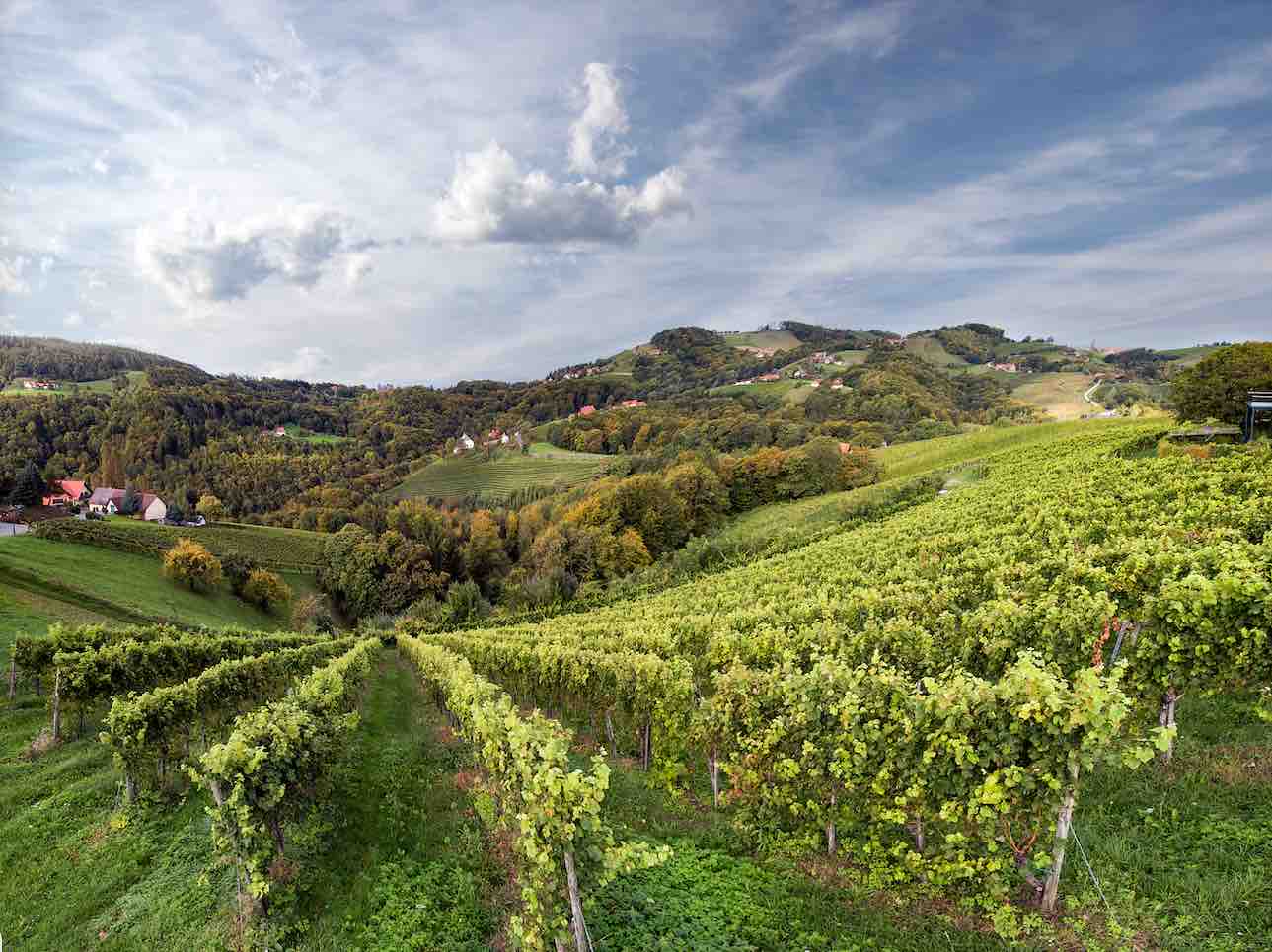
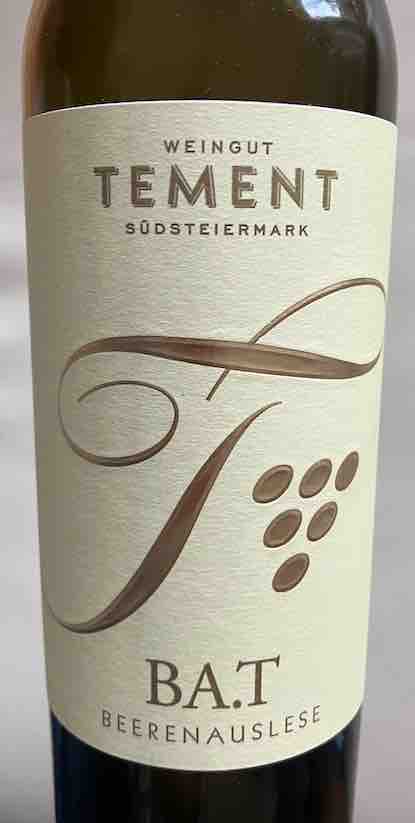 Southern Styria is known for its white wines, 90% of the vines are white varieties, above all the Sauvignon Blanc with around 25%. We tasted a sweet Beerenauslese of this variety from the Tement winery, a winery known for its very good Sauvignon Blanc wines.
Southern Styria is known for its white wines, 90% of the vines are white varieties, above all the Sauvignon Blanc with around 25%. We tasted a sweet Beerenauslese of this variety from the Tement winery, a winery known for its very good Sauvignon Blanc wines.
Hans had planned a Riesling Kabinett from Hofgut Falkenstein to round off the wine tasting, more precisely the Riesling Kabinett Krettnacher Euchariusberg Alte Reben 2019 from the Fuder Gisela, evident from the bold 8 in the AP number.
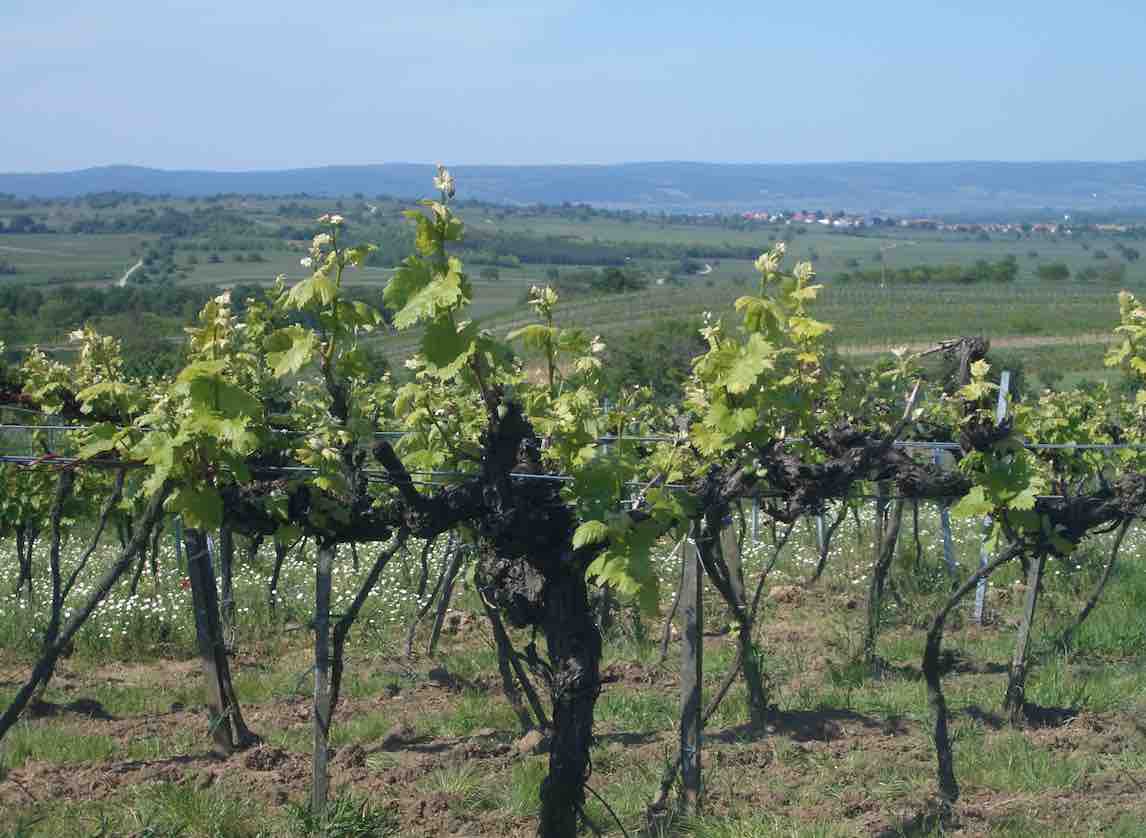
Furmint comes from the Tokaj region in northeastern Hungary, known for its sweet Aszú wines called Tokaji. The late ripening of the variety, the loose grapes with their thin-skinned berries and above all the susceptibility to noble rot (botrytis) make the variety very suitable for the production of sweet wines. However, Furmint also delivers first-class, fiery, full-bodied,
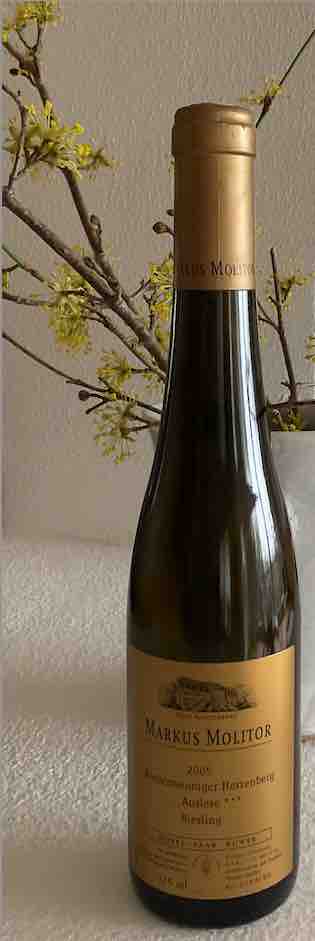 Markus Molitor shows how the consistent implementation of quality standards can become a story of success. Since taking over his father’s winery in 1984, he has constantly expanded it, as he has consistently pursued the goal he formulated of building on the golden days of Riesling from the Mosel with wines that are extremely typical of the location and can be stored.
Markus Molitor shows how the consistent implementation of quality standards can become a story of success. Since taking over his father’s winery in 1984, he has constantly expanded it, as he has consistently pursued the goal he formulated of building on the golden days of Riesling from the Mosel with wines that are extremely typical of the location and can be stored.